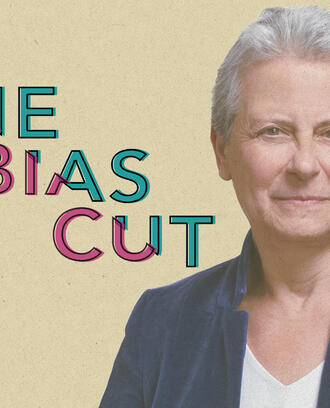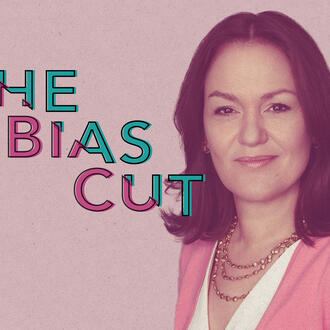Ideas Made to Matter
Career
From group executive coaching, 4 big lessons in teamwork
By
MIT Sloan Fellow Yan Li is a natural leader, the type who jumps at a chance to take charge of the progress on a project. Ricardo Alberto Mohr, on the other hand, tends to lead more quietly.
Tracy Purinton, the director of the MIT Leadership Center, said executive coaching has been intentionally woven more deeply into the MIT Sloan Fellows MBA program’s fabric this year. The program begins in June and the students spend their first three months working together in teams of five on all of their coursework. The new three-unit lab course focused on team skills, including constructing and resolving conflict, giving and receiving feedback, and leveraging diversity. Each team was assigned an executive coach like Little, who worked with them at the individual level and was able to observe and guide them at the team level throughout the summer.
Both ethnically and through their skills, specialties, and personalities, diversity was Li and Mohr’s team’s theme, and there were personal and cultural differences that had to be understood and overcome. Li is Chinese, while team member Lais Fonseca Alves is from Brazil, Mohr is from Chile, Shimpachi Okuno is Japanese, and Ross Martin is from the United States.
Little spent the three-month course working with Li and Mohr’s five-person team, coaching them with a heavy emphasis on identifying and sharing those cultural differences between the team members. The biggest difference identified was “direct versus indirect” ways of offering feedback, according to Little.
Early in the summer, the course intentionally normalized conflict and worked with the team to practice effective ways to navigate it. “Pat Bentley, a senior lecturer and another coach, said something that resonated with me,” Little said. “To quote her loosely, ‘An effective team is not one without conflict, but rather a team who has conflict and navigates through it, coming out on the other side with a better understanding.’”
As part of the course, Little worked with the group to craft a team charter, and offered frameworks she’s developed during her career as a coach, helping the group to understand David Kantor’s work on structural dynamics by using his “Four Player Model.”
Projects the team worked on included financial accounting, data modeling, marketing, decision-making, economics, and operations management. Okuno said the team’s diverse background meant everyone had a slightly different approach to the same problem, and Little’s role in facilitating open discussion helped the team bridge the gaps in their thinking to arrive at the best solution.
Here are some of the group’s biggest takeaways from working with a leadership coach as a team:
Assume good intentions, and develop trust
Mohr said he now approaches collaborations or conflicts with colleagues from a stance that they’re trying to help him and harbor good intentions. “In that way, I can be more open and work in a better way,” he said. “If they say something I don’t like, it’s because they really want to improve me.”
Enjoy the process, not just the progress
Li said she’s learned to take a step back before jumping into a project and trying to solve all the problems herself.
“It’s helped me relax more. It’s not just ‘Stare at the progress,’ it’s also enjoying the process,” she said. “To build relationships and try to learn about a person before jumping into the work. That’s the blind spot I used to have.”
Distribute leadership
Okuno said he plans to apply the concept of distributed leadership to teams he joins after returning to Japan.
“I thought that leaders, especially top executives, are needed to be ‘perfect’ on all areas,” he said. “However, I have learned that such a style already not only has been old-fashioned, but also has adverse effects on organizations.”
Upon returning to Japan, he plans to put it into practice, working to generate new ideas by making team members, especially subordinates, feel safe to express their opinions more aggressively. He also hopes to use what he’s learned to convince Japan’s cultural hierarchy to adopt a similar model.
Ask for help
Alves said she tends to be a self-supporting worker, but now realizes that won’t always work and there’s nothing wrong with asking someone for a little help.
“As an entrepreneur, I usually do everything myself, but in this group I couldn’t. The program is by design challenging and I just didn’t have the skill set or the abilities to do everything, so I had to learn to ask for help and share my vulnerabilities,” Alves said. “In this process we built deep connections as a team and a safe learning environment for each other.”
Bridge cultural diversity to be a better team
Martin emphasized his gratitude for the opportunity to learn from his teammates from very different cultures.
“My prior workplace was very non-diverse,” he said. “The biggest thing I wanted from Sloan Fellows was a diverse environment, and I got more than I could have ever expected. I will never forget one teammate explaining me after a session what was really going on interculturally in one team meeting. We all took the time to help each other understand all of our teammates. It was an incredible, life-changing experience.”



